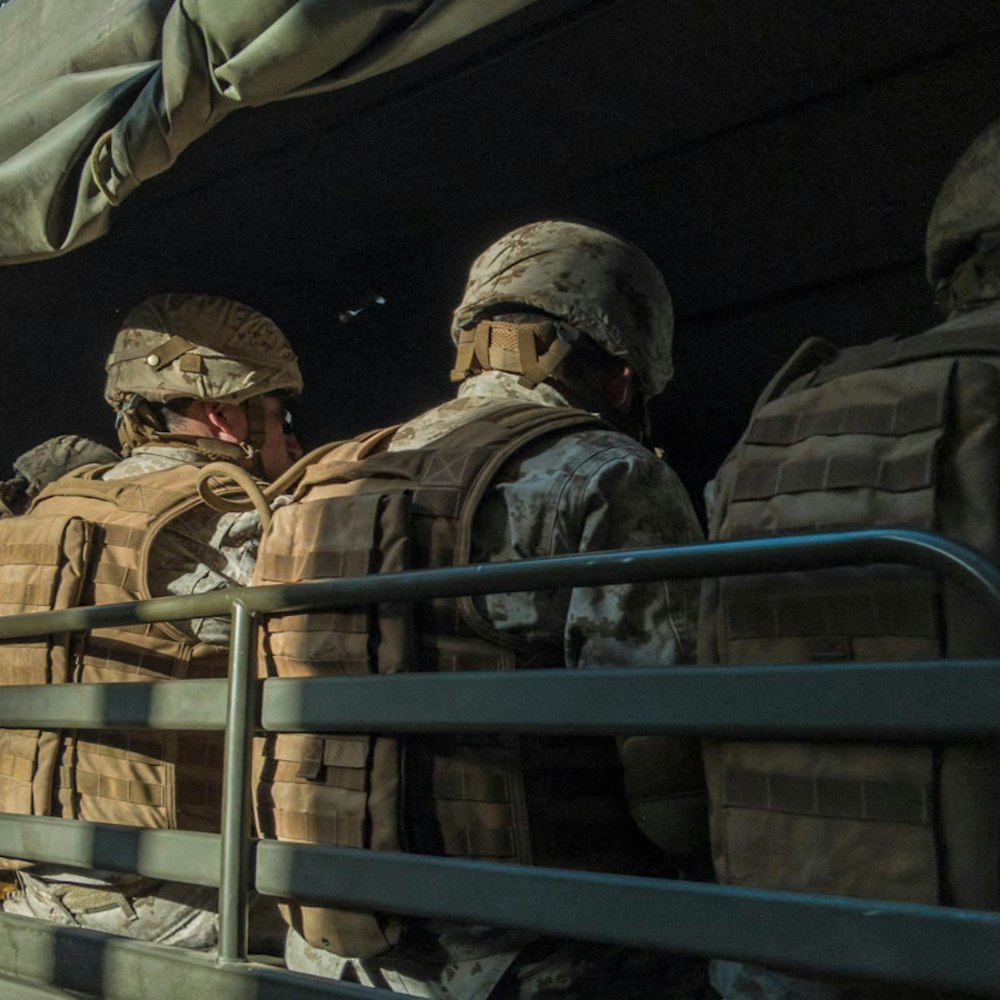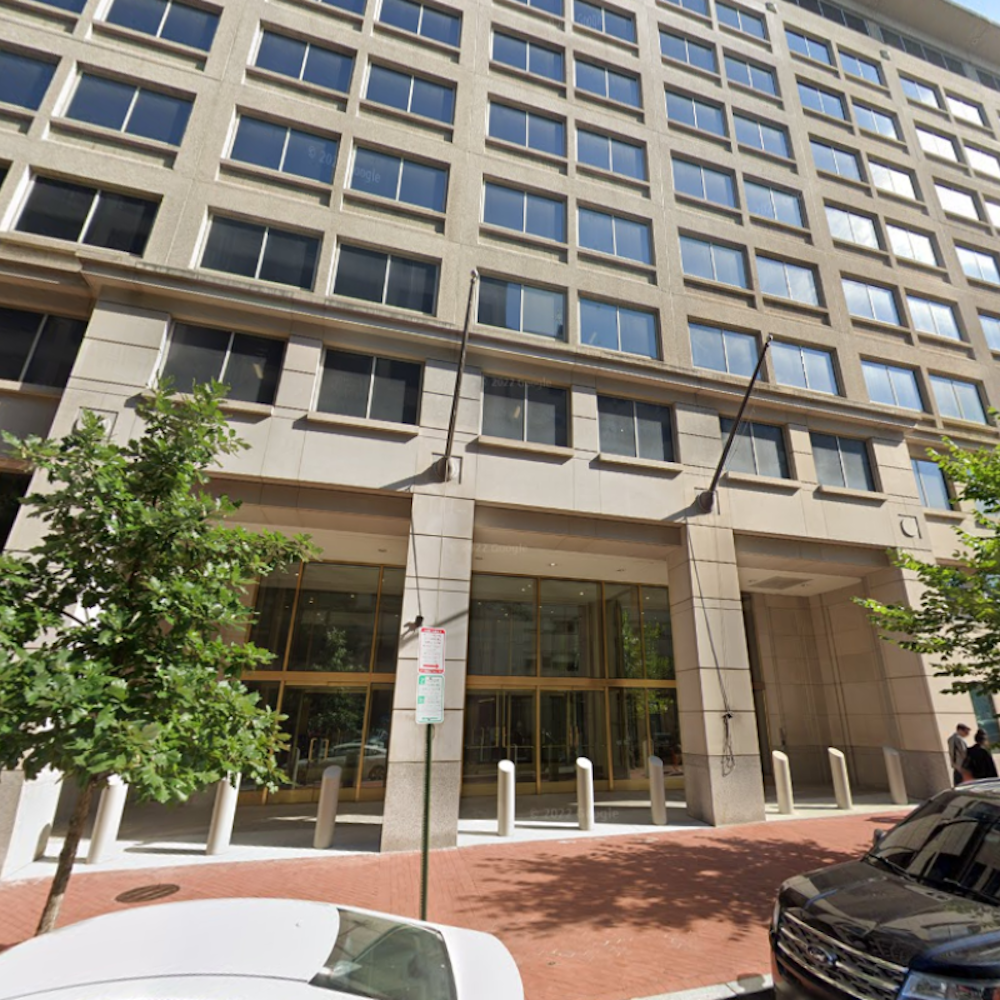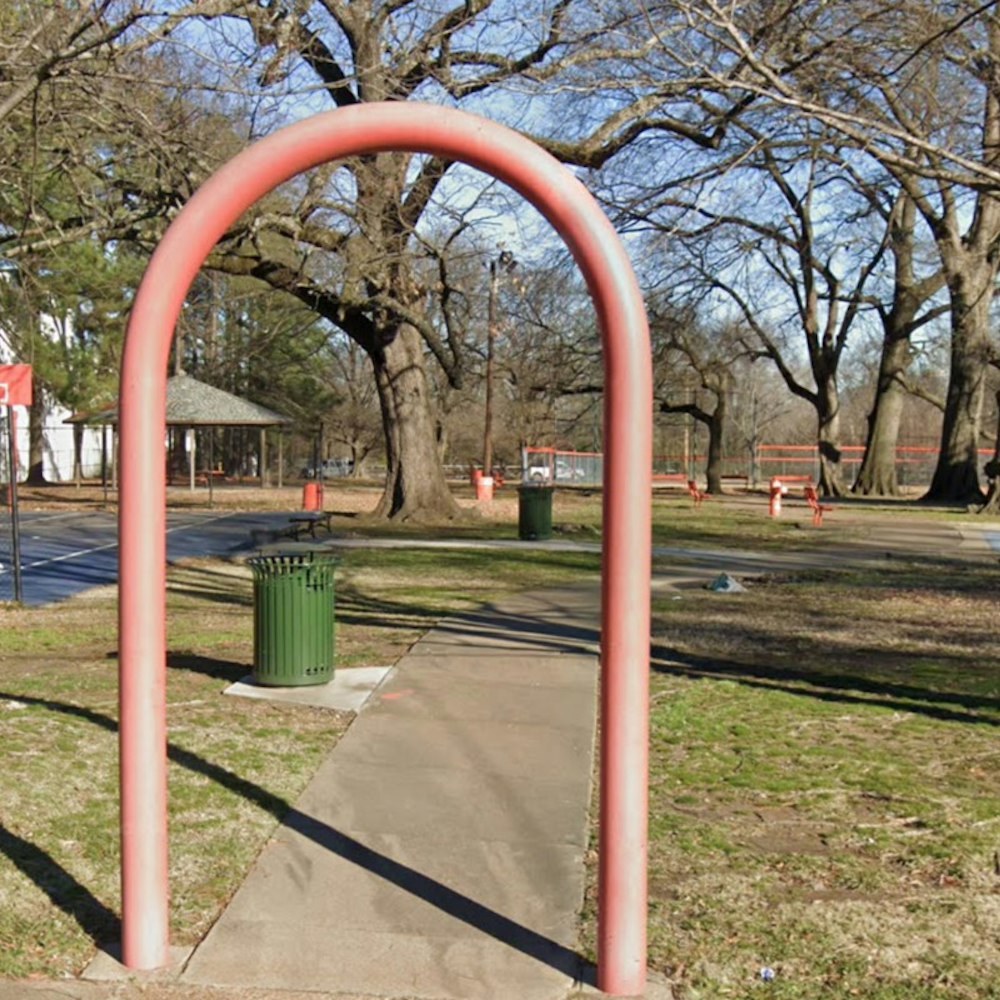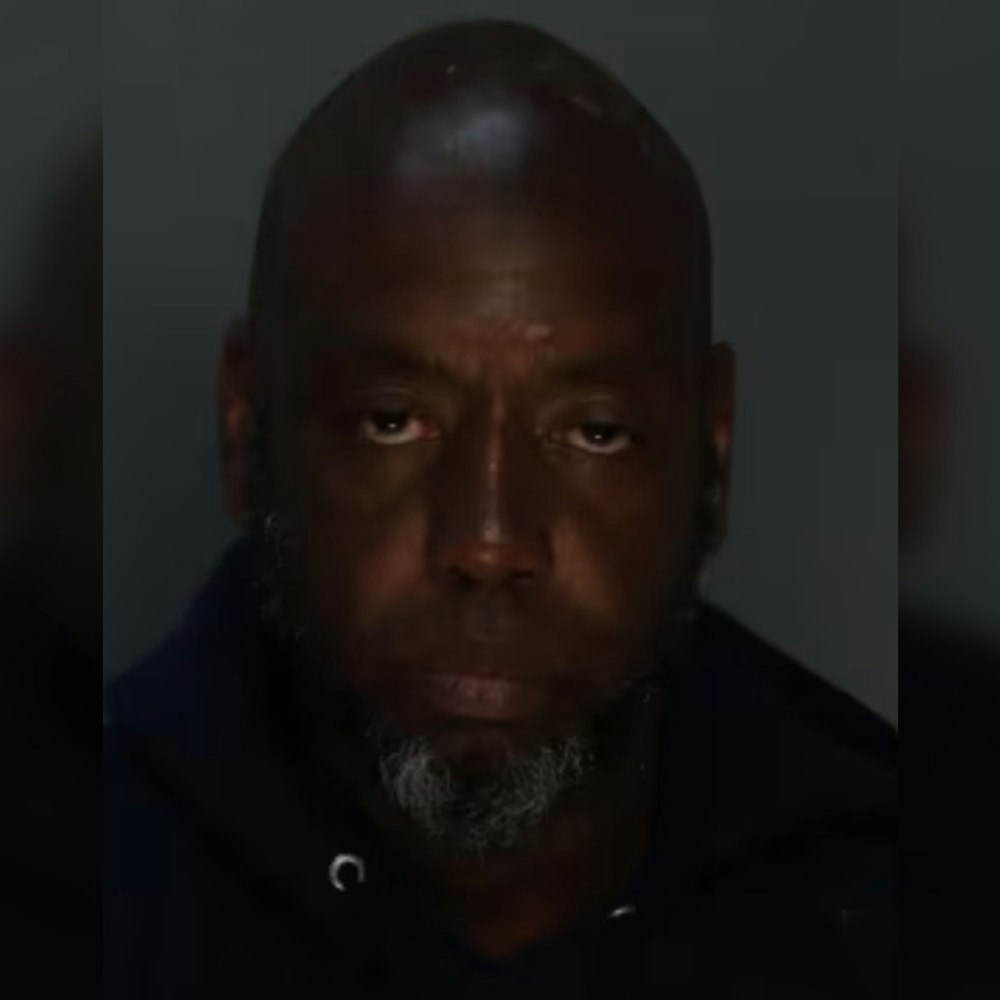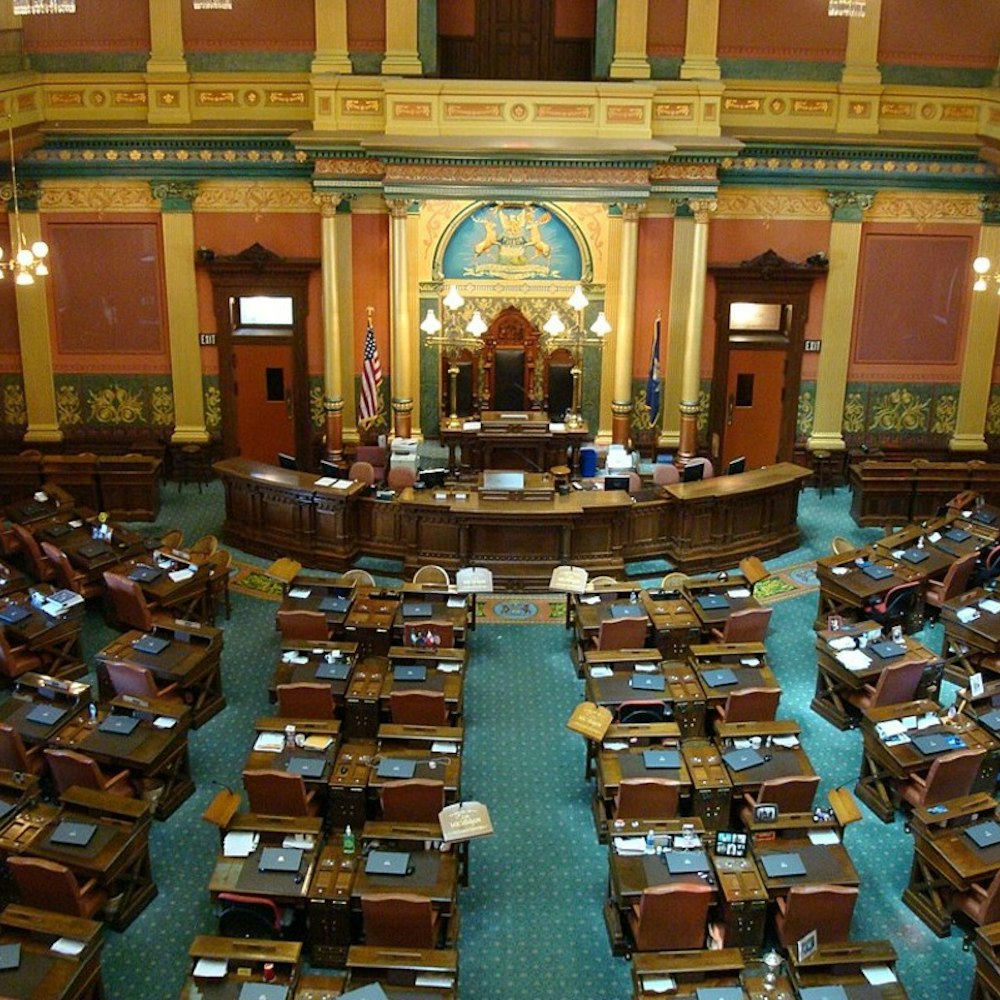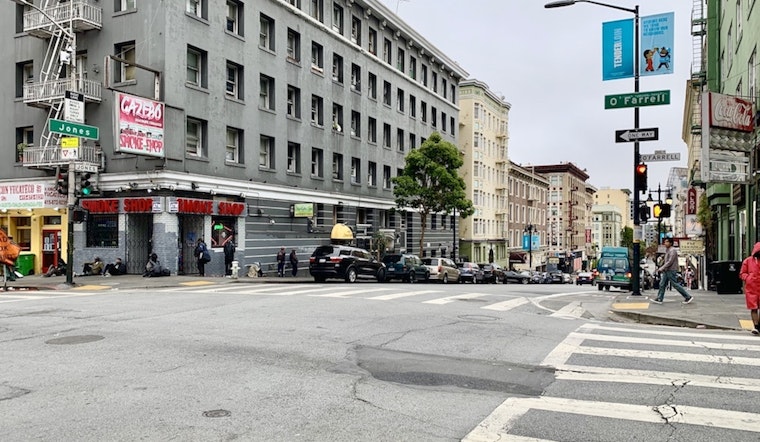
A proposal to "expand" sidewalks on Jones Street by closing parking and limiting traffic lanes for four blocks is in limbo, as community organizers say city agencies are demanding further changes to the plan, after months of discussion.
The third phase of city street closures was proposed last week to provide added open space to communities during the ongoing pandemic. But the new routes, which the SFMTA board will vote on tomorrow, still skip over the Tenderloin, despite continued requests from the neighborhood for a Slow Street.
Community organizers have called for traffic slowing and more space for pedestrians throughout the Tenderloin since shelter-in-place took effect. As tents and encampments exploded on neighborhood sidewalks in April and May, the calls became even more urgent.
“As time has gone by, the need has shifted from leaving home just to make essential trips, to needing space because families and children have been trapped inside for more than four months,” said Evan Oravec, community organizer with the Central City Single Room Occupancy Collaborative (CCSROC) and facilitator of the Tenderloin Traffic Safety Task Force.
The neighborhood task force was launched by the San Francisco Bike Coalition, Walk SF, CCSROC, the Tenderloin Community Benefit District (TLCBD), and other community organizations in 2018 to demand more city investment in making Tenderloin streets safer. All of the streets in the Tenderloin are considered part of the high-injury network identified by the city's Vision Zero plan, which aims to reach zero vehicle-related deaths by 2024.

SFMTA’s website says it’s targeting “lower-traffic residential streets” for the program, and organizers say SFMTA considers all the streets in the Tenderloin thoroughfares to get people to Market Street or otherwise across the city.
But SF Bike Coalition Tenderloin community organizer Claire Amable, who was born and raised in the Tenderloin, argues it is a residential neighborhood, and one currently in extreme and growing need for space to recreate and interact at a safe distance.
The Tenderloin has the lowest amount of open space per person of any San Francisco neighborhood in the best of times, and playgrounds and parks have largely shuttered during shelter-in-place, according to Amable.
“The Tenderloin has the densest SRO population in the city, and residents lack any living space, let alone any space to socialize outside,” Oravec added.
The Tenderloin also houses a dense, large population of seniors and disabled adult residents, according to Eric Rozell, TLCBD safety campaign worker, co-facilitator of the task force, and neighborhood resident.
Seniors or otherwise disabled residents with mobility issues that depend on canes, walkers, or in wheelchairs have to walk into traffic to get around encampments, Rozell said.
When the Slow Streets concept was first announced in April, the task force partnered with 15 other neighborhood organizations, including the SF Bike Coalition, the CCSROC, and the TLCBD, to send a letter to SFMTA director Jeffery Tumlin pushing for one to be sited in the Tenderloin.
Oravec said the lack of response and effort to install a slow street in the Tenderloin shines a bright light on how the city’s transportation design impacts the Tenderloin, and more importantly, how the neighborhood and its residents are treated by the city.
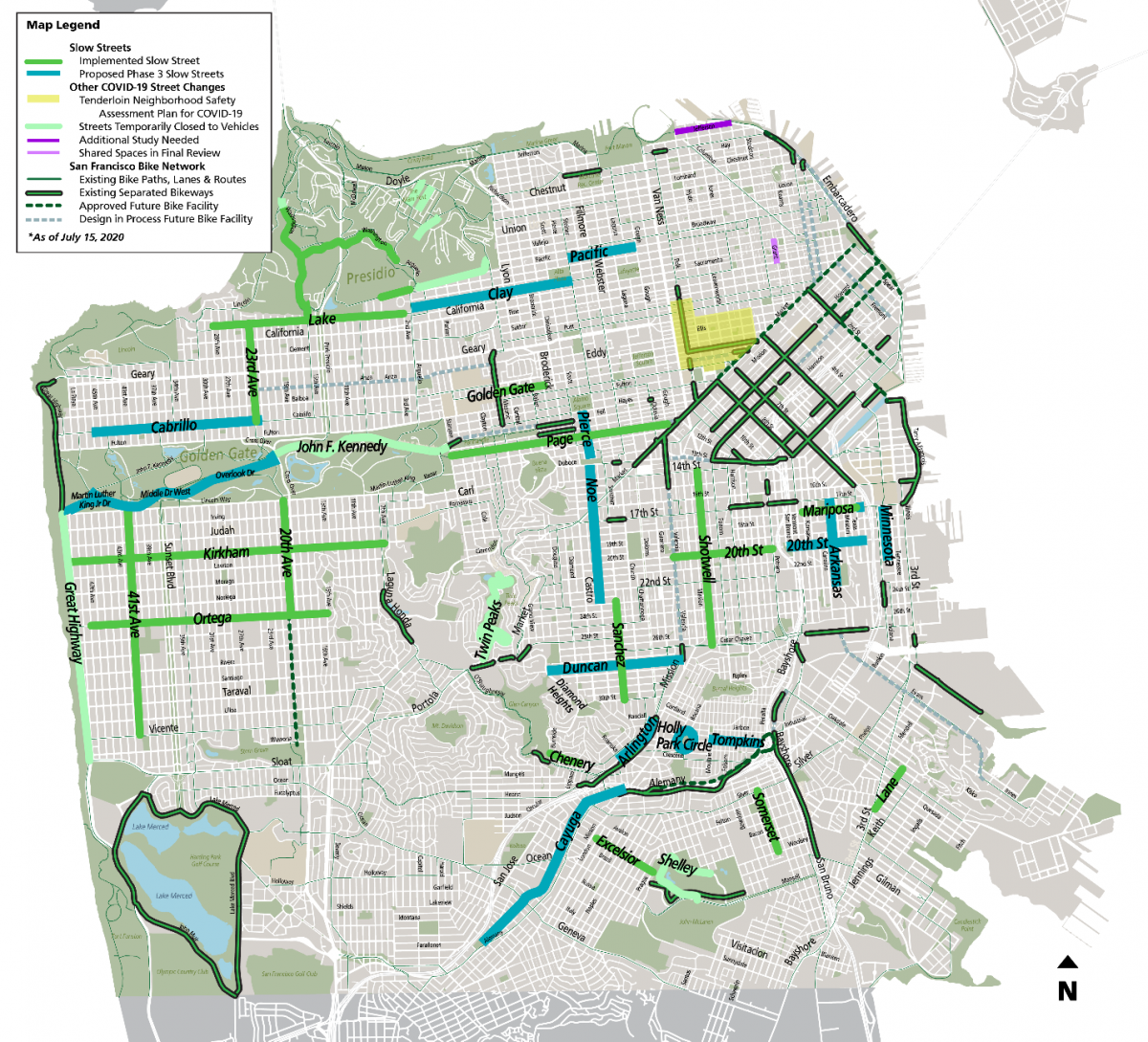
“The city treats the Tenderloin as a thoroughfare, not a place for people to live, so any residential street-focused programs aren’t going to work, by design,” Oravec said.
The challenge, he said, is finding a way to convince SFMTA and other city services to change their view of the Tenderloin as the hub of the city’s whole traffic grid.
Tumlin and other city officials walked through the neighborhood with District 6 Supervisor Matt Haney in late May to try to identify other options to offer residents more space to walk through the neighborhood at a safe distance. Oravec said the walk-through prompted discussion around expanding the sidewalks on Jones and Turk streets.
A proposal, developed through conversations between the Tenderloin Traffic Safety Task Force and city agencies, calls for removing the parking lane on the west side of Jones Street to offer a larger bike path and sidewalk, slimming vehicle traffic down to one lane between O’Farrell Street and Golden Gate Avenue.
According to Oravec, the San Francisco Fire Department responded that it needs all of the streets throughout the Tenderloin for emergency response, and requested the removal of all the parking on that stretch of Jones Street, on both sides of the street.
“Removing all of the parking is a much bigger lift,” Oravec said — among other things, it would require SFPD to move all of their cars off of Jones Street near the Tenderloin Station. So even the compromise, not a full Slow Street but just more space for non-vehicular traffic, may not move forward, even after months of discussion.
SFFD did not respond to requests for comment on the proposal, or the allegation that it was requesting major modifications to the strategy that community organizers say was agreed upon two months ago.
“In many other neighborhoods, we’ve seen the Slow Streets installed and then they find a work around for any situations or congestion issues after it’s launched,” Rozell said. But city agencies haven't allowed that approach for the Tenderloin’s busy streets.
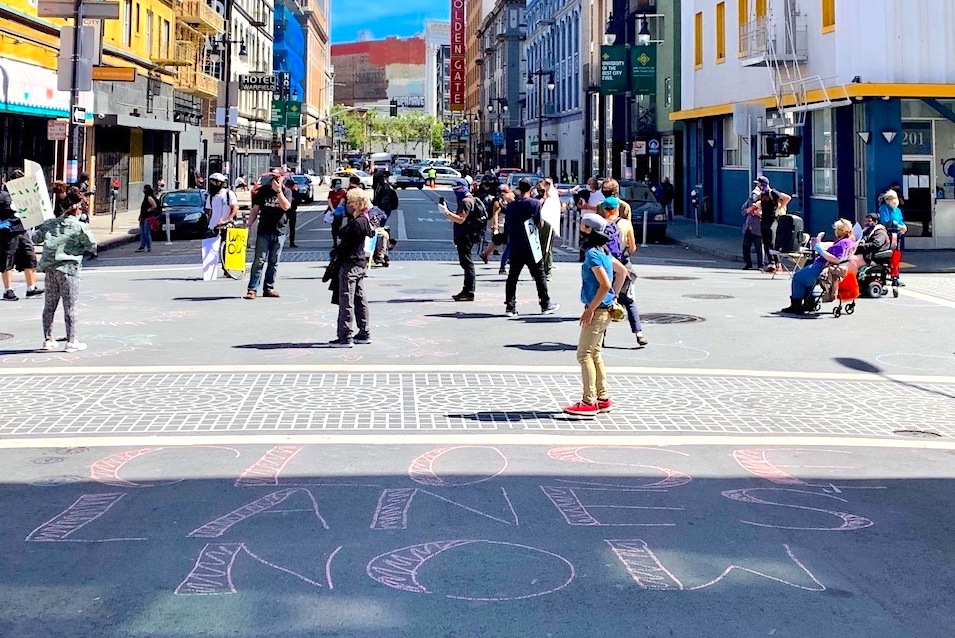
The situation highlights the growing inequities the Tenderloin faces.
Oravec said city agencies have historically and consistently asked Tenderloin community organizations to identify solutions for the neighborhood’s issues. Early in shelter-in-place, the city turned to the same community organizations to find strategies to create slow streets in the neighborhood.
Community organizations are “already overburdened," he said. "How can we take this extra effort on by ourselves? Partnership is key but in our instance, it feels more like a way of saying no without actually saying no.”
No one from the city's Emergency Operations Center, SFMTA, or District 6 Supervisor Matt Haney's office responded to multiple requests for comment as of press time.
SFMTA’s board meets to hear the third round of city streets closed to vehicle traffic at 1 p.m. on Tuesday, and the task force and the Bike Coalition encourage community members to offer public comments calling for action in the city’s densest neighborhood. As we reported last week, 14 new Slow Street routes are up for approval tomorrow, and implementation of new routes is planned to continue through October 2020.


